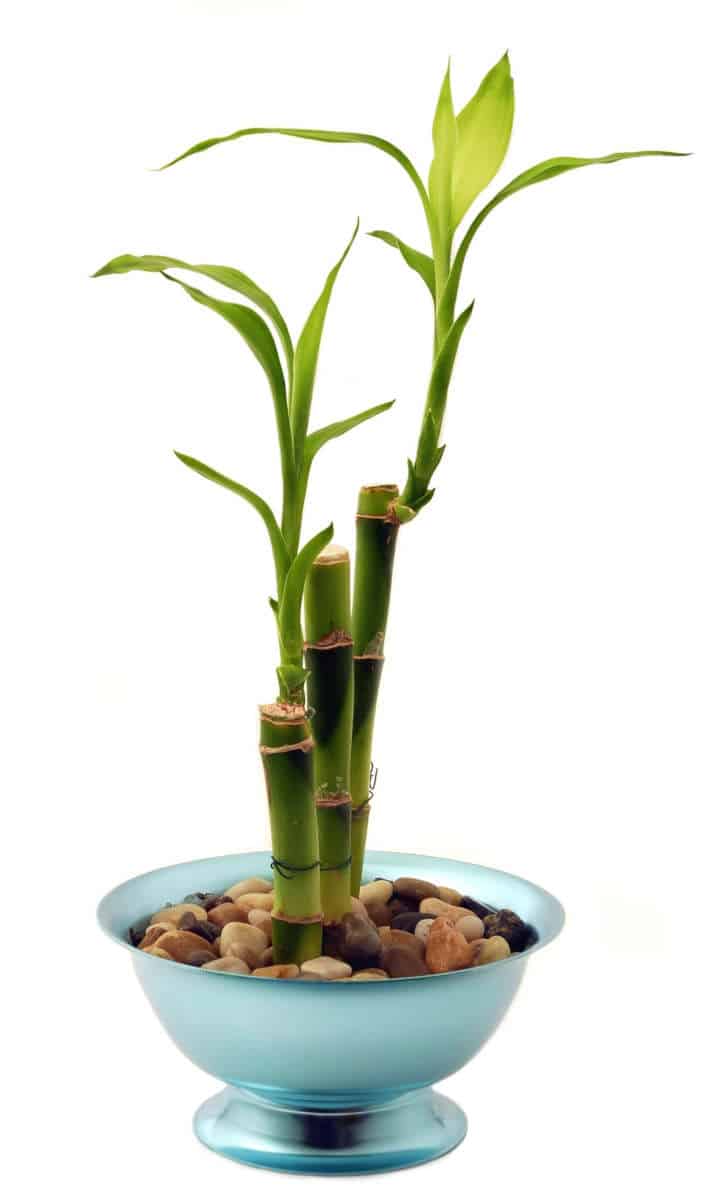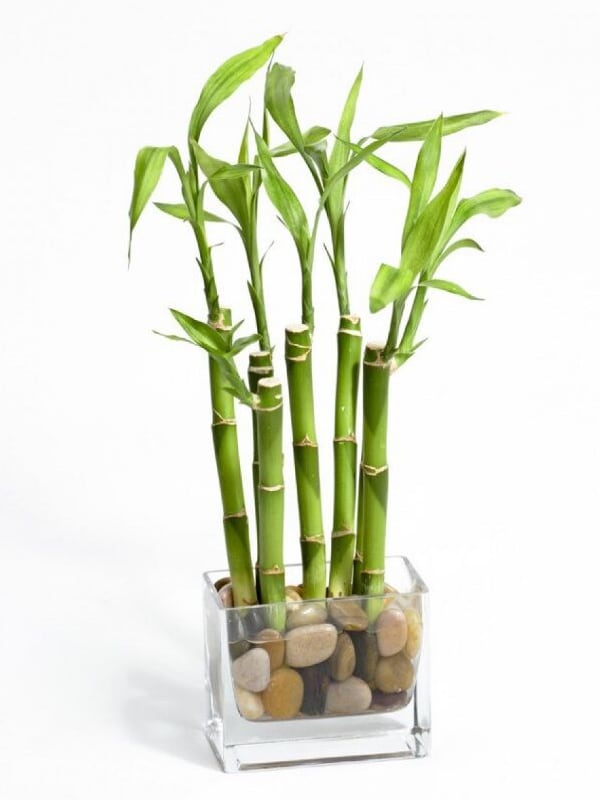Unlocking the Secrets of Healthy Lucky Bamboo
Lucky bamboo has become a popular choice for indoor plants due to its low-maintenance requirements and auspicious reputation. This plant is known to bring good fortune and prosperity, making it a great addition to any home or office. However, to ensure the longevity and health of your lucky bamboo, it’s essential to provide it with proper care. Lucky bamboo care in water requires attention to detail, from the type of water used to the environment and fertilization techniques. By understanding the specific needs of your plant, you can create a thriving environment that promotes healthy growth and prosperity.
Choosing the Right Water for Your Lucky Bamboo
When it comes to lucky bamboo care in water, the type of water used can make a significant difference in the plant’s health and longevity. Tap water, filtered water, and rainwater are all suitable options, but it’s essential to prepare the water properly before planting. Tap water, for instance, may contain chlorine and fluoride, which can be harmful to lucky bamboo. To remove these impurities, let the tap water sit for 24 hours before using it. Filtered water, on the other hand, is a great option as it is free from impurities and can help promote healthy growth. Rainwater is also an excellent choice, but make sure to collect it in a clean container to avoid contamination. Regardless of the type of water chosen, it’s crucial to change the water regularly to prevent bacterial growth and maintain optimal water quality.
How to Create an Ideal Environment for Your Lucky Bamboo
Creating an ideal environment is crucial for lucky bamboo care in water. Lighting, temperature, and humidity all play a significant role in promoting healthy growth and longevity. When it comes to lighting, lucky bamboo prefers bright, indirect light. Placing the plant near an east- or west-facing window is ideal, as direct sunlight can cause the water to become too warm. In terms of temperature, lucky bamboo thrives in temperatures between 65°F to 75°F (18°C to 24°C), making it a great option for indoor spaces. Humidity is also essential, with a relative humidity of 50% to 70% being optimal. To maintain optimal humidity, you can place the plant on a tray filled with water and pebbles or use a humidifier. By providing the right environment, you can create a thriving space for your lucky bamboo to grow and flourish.
The Art of Watering: A Delicate Balance
Watering is a crucial aspect of lucky bamboo care in water, and it requires a delicate balance to ensure the plant’s health and longevity. Overwatering can lead to root rot, while underwatering can cause the plant to become stressed. To water lucky bamboo correctly, it’s essential to check the water level regularly. The water level should be about 1-2 inches above the roots, and the water should be changed every 1-2 weeks to prevent bacterial growth. When watering, gently pour water over the roots and stems, making sure not to disturb the plant’s roots. It’s also important to avoid getting water on the leaves, as this can cause fungal diseases. By watering correctly, you can create a thriving environment for your lucky bamboo to grow and flourish. Remember, the key to successful lucky bamboo care in water is to find a balance between too much and too little water.
Fertilizing for Success: Nourishing Your Lucky Bamboo
Fertilizing is an essential aspect of lucky bamboo care in water, as it provides the necessary nutrients for healthy growth and development. When it comes to fertilizing lucky bamboo, it’s essential to use a balanced, water-soluble fertilizer that is specifically formulated for aquatic plants. A 10-10-10 NPK fertilizer is a good option, and it should be applied at a rate of 1-2 teaspoons per gallon of water. Fertilize your lucky bamboo every 1-2 weeks, but avoid over-fertilizing, as this can cause more harm than good. Over-fertilization can lead to an overgrowth of algae, which can deplete the oxygen in the water and harm the plant. To avoid this, start with a small amount of fertilizer and gradually increase as needed. Additionally, consider using a fertilizer that is specifically designed for lucky bamboo care in water, as it will provide the necessary nutrients for optimal growth and health.
Pruning and Grooming: Maintaining Your Lucky Bamboo’s Shape
Pruning and grooming are essential aspects of lucky bamboo care in water, as they help maintain the plant’s shape, promote healthy growth, and encourage new shoots to emerge. To prune your lucky bamboo, start by removing any dead or damaged roots, stems, or leaves. Use a pair of clean scissors or pruning shears to trim the roots, making sure to cut just above a node. This will help the plant absorb nutrients more efficiently. Next, trim the stems to maintain the desired shape, and remove any yellow or brown leaves to prevent the spread of disease. When pruning, make sure to leave at least two nodes on each stem to ensure the plant can continue to grow. Regular pruning and grooming will not only keep your lucky bamboo looking its best, but it will also help prevent common problems like root rot and pest infestations. By incorporating pruning and grooming into your lucky bamboo care in water routine, you can enjoy a thriving and healthy plant for years to come.
Common Problems and Solutions: Troubleshooting Lucky Bamboo Care
Despite its hardiness, lucky bamboo can still be susceptible to certain problems if not properly cared for. One common issue is yellowing leaves, which can be caused by over-watering, under-watering, or exposure to direct sunlight. To address this, adjust the watering schedule and provide filtered or indirect sunlight. Another common problem is root rot, which can occur if the water is stagnant or the roots are not properly trimmed. To prevent root rot, change the water regularly and trim the roots as needed. Pests, such as spider mites or mealybugs, can also infest lucky bamboo. To get rid of pests, treat the plant with insecticidal soap or neem oil. By being aware of these common problems and taking preventative measures, you can ensure your lucky bamboo receives the best care in water and thrives for years to come. Regularly monitoring your plant’s health and addressing any issues promptly will help prevent more serious problems from arising. With proper care and attention, your lucky bamboo can continue to bring good fortune and beauty to your space.
Expert Tips and Tricks for a Thriving Lucky Bamboo
To take your lucky bamboo care in water to the next level, consider the following expert tips and tricks. One of the most effective ways to propagate new lucky bamboo plants is through stem cuttings. Simply cut a healthy stem section, remove lower leaves, and plant it in a new container filled with water. Keep the water level topped up and wait for roots to develop. Another expert tip is to rotate your lucky bamboo plant regularly to maintain its shape and promote even growth. When dealing with seasonal changes, adjust the watering schedule accordingly. For example, lucky bamboo requires more water during the summer months when it’s actively growing. In the winter, reduce watering to prevent root rot. Additionally, consider adding a few drops of essential oils like peppermint or lemongrass to the water to promote healthy growth and repel pests. By incorporating these expert tips and tricks into your lucky bamboo care in water routine, you can enjoy a thriving and healthy plant that brings good fortune and beauty to your space.







